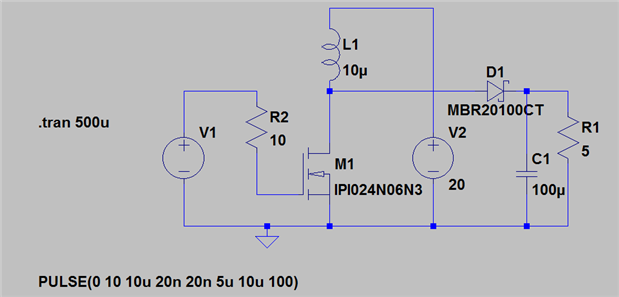Greetings all,
I am creating a lighting project that I want to have a wall display with large (15" x 20") panels and each panel acts as its own "pixel" (controlled by one WS2811).
I had purchased 12v RGB LED strips with 30 LEDs per meter. What I want do is control a section of the RGB strip (about 15 LEDs). I have been scouring the web for possible solutions. One avenue I was looking at was using MOSFETs to drive the strip from the PWM outputs from the WS2811. There is an example in the WS2811 datasheet that shows using 3 LEDs per color with 12v. I do know that the WS2811 is a constant current source device. My thought was to use a logic level N-channel MOSFET to drive the LED strip. This is just based upon the research that I have done. What I have not found was any schematic to go from. I am looking at possible 3 MOSFETs per WS2811.
Any help and schematics would greatly help!
Thanks in advance!
Don



